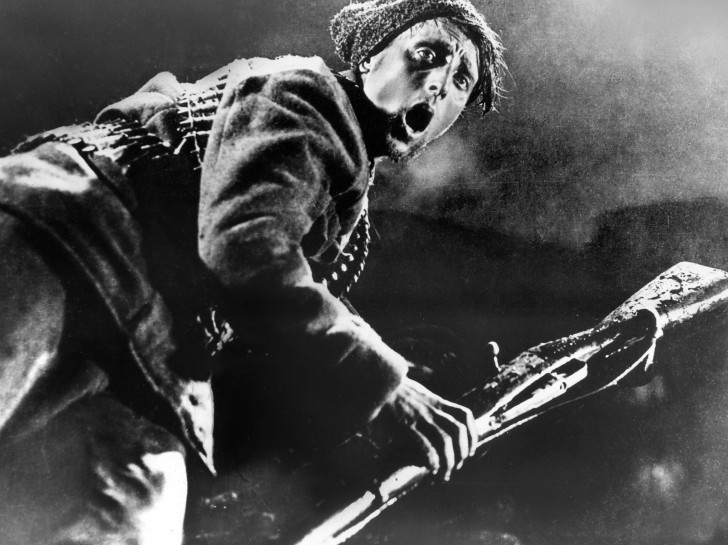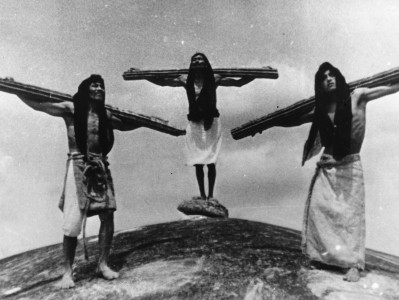
October
(Oktyabr)
Screening on Film
With Vasili Nikandrov, Vladimir Popov, Boris Livanov.
USSR, 1928, 35mm, black & white, silent, 1928 min.
After the success of Potemkin, Eisenstein was commissioned, along with Pudovkin, to make a film celebrating the tenth anniversary of the Bolshevik Revolution. Pudovkin made The End of St. Petersburg, andEisenstein’s contribution is a dramatic chronicle of the events leading up to and during the October Revolution. Eisenstein took advantage of the occasion to try a more complex and intellectual film than his previous efforts, including the famous sequence in which a montage of religious images – including an elaborate crucifix devolving into a primitive relic – amounts to a critique of religion. As with Strike and Potemkin, Eisenstein refuses to focus on an individual protagonist. Even Lenin himself is rarely glimpsed among the soldiers, sailors, student agitators and bourgeois counterrevolutionaries who populate the film. Ironically, the one historical figure to emerge most strongly is liberal Alexander Kerensky, who becomes the embodiment of all that is venal and arrogant in the pre-Revolutionary political establishment.










